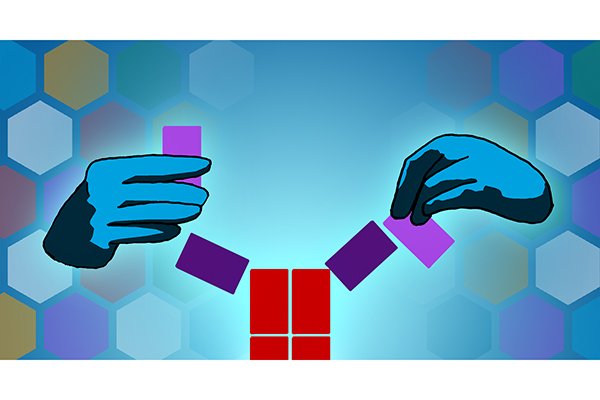Cockrell School of Engineering researchers are creating a new molecule that can identify cells infected with cytomegalovirus.
According to Mayo Clinic, this is a common virus that can infect people of all ages, and those infected with it retain the virus for life. While the virus rarely causes symptoms in healthy people, it can cause serious health problems for those with weakened immune systems.
“(This virus) is very widespread,” said Jennifer Maynard, chemical engineering professor and lead researcher of the study. “Half of all UT students probably have been infected by the virus, and they don’t even notice it unless they become immunocompromised.”
Maynard and researchers are working on combining parts from two different proteins — antibodies and T-cell receptors — to create a molecule that can target the infected cells.
“You can think of proteins as little Lego pieces, and we can take these proteins and mix and match different parts to create a molecule that acts as a defense mechanism,” Maynard said.
T-cell receptors and antibodies both have pros and cons in disease therapies. By combining different parts and functions of these two proteins together, you can create a hybrid protein that is more effective at identifying cells infected with viruses, said Ahlam Qerqez, chemical engineering graduate student and one of the researchers of the study.
“Viruses replicate within your cell and antibodies can only recognize things on the outside of your cell, while T-cell receptors have the ability to look inside,” Qerqez said. “However, antibodies are more accessible and generalizable than T-cell receptors because they can be used by everyone.”
Maynard said the researchers combined the accessibility of an antibody with a T-cell receptor’s ability to identify virally cells.
“We made this molecule that is able to act like an antibody but recognize infected cells the way a T-cell receptor would,” Maynard said.
Shlok Mohanty, chemical engineering sophomore and undergraduate researcher, said the work being done in Maynard’s lab to create protein-based therapeutics for disease and infections is revolutionary.
Previously, engineers have used T-cells to combat infections but transplanting and engineering whole T-cells into a patient is time-intensive and can cost up to $500,000. Focusing on the receptors and proteins of these cells is a much more efficient option, Maynard said.
“With proteins, you can purify them, store them in the fridge and give the same protein to many different people,” Maynard said. “It’s a much easier, cheaper and faster therapeutic.”





















